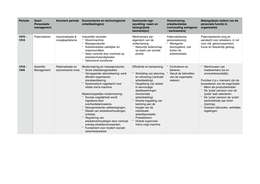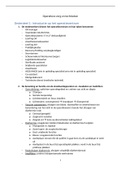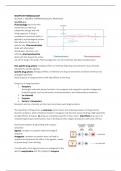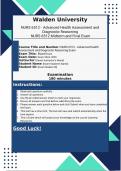Summary
Schematische Samenvatting Artikel ‘Ontwikkelingsgeschiedenis van personeelsmanagement en HRM’
- Course
- Institution
Een korte samenvatting van het artikel ‘Ontwikkelingsgeschiedenis van personeelsmanagement en HRM’ in een tabel weergegeven.
[Show more]







